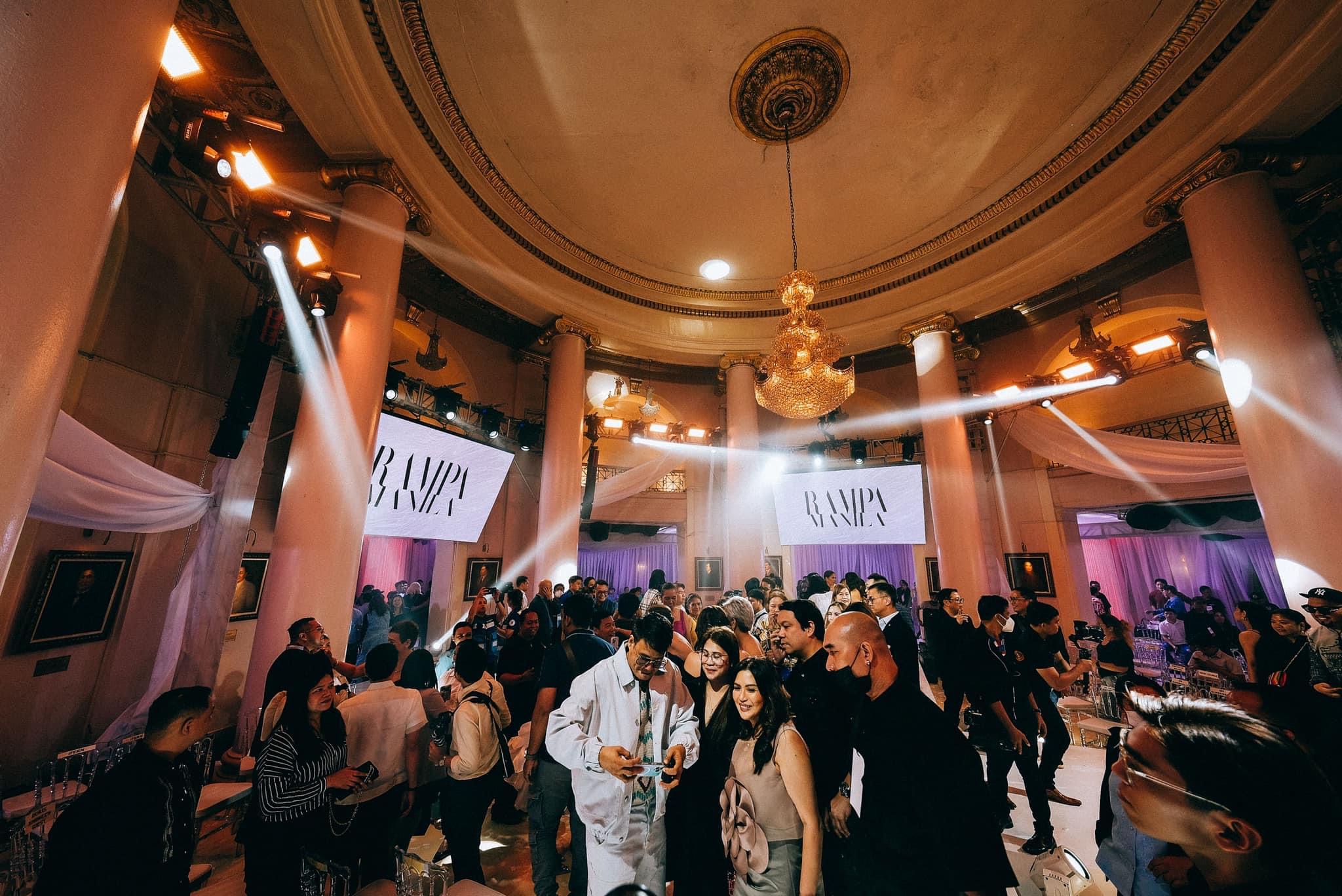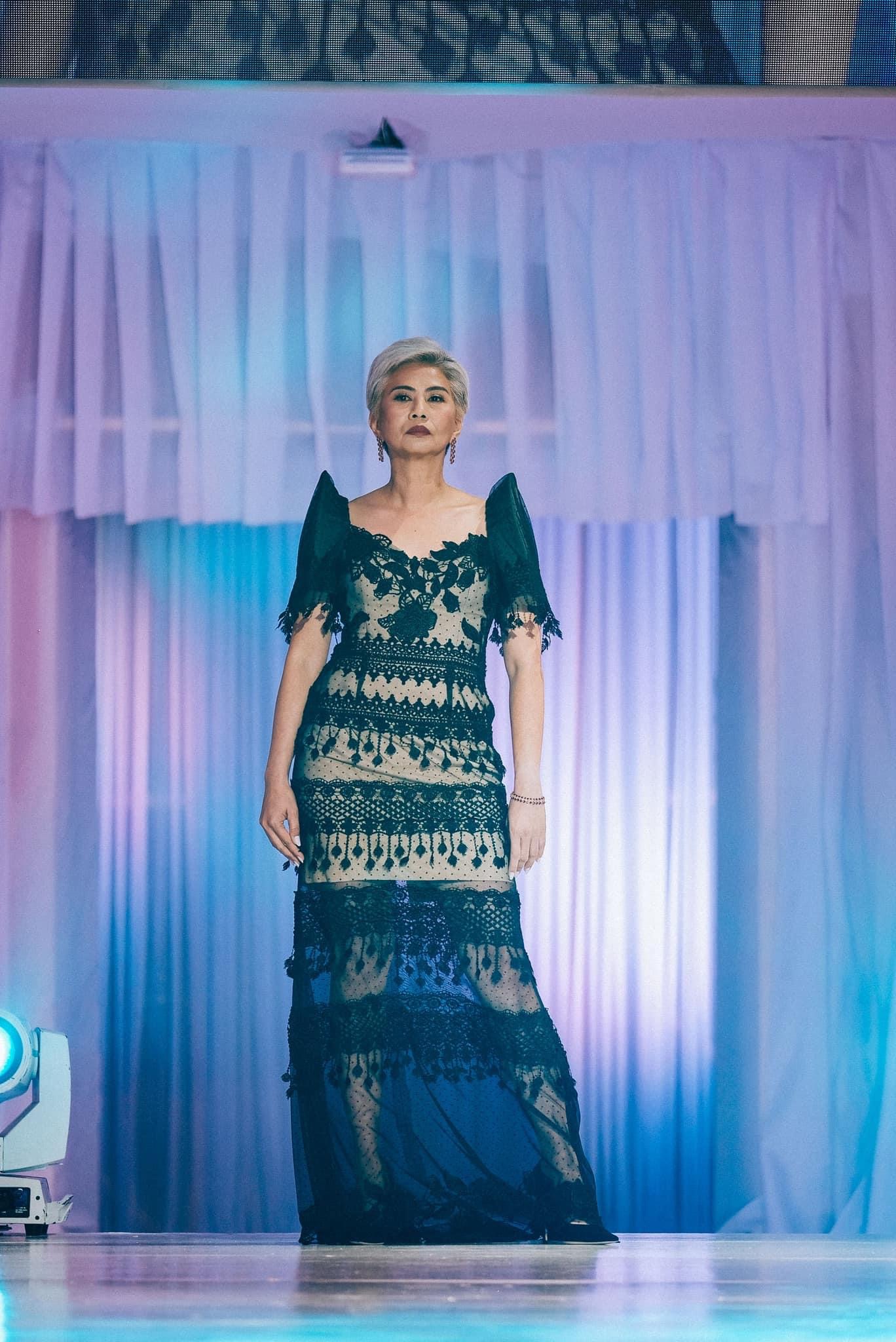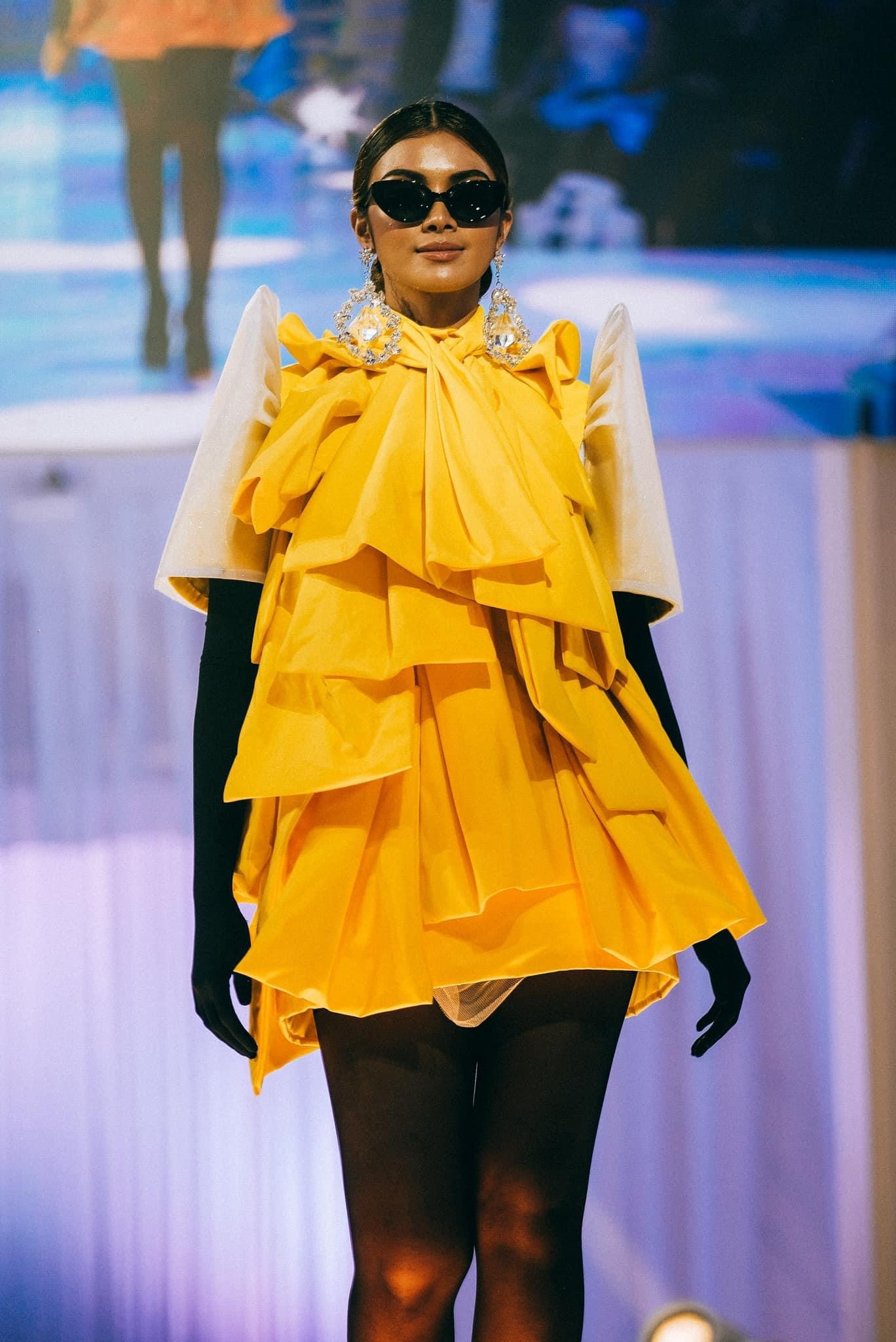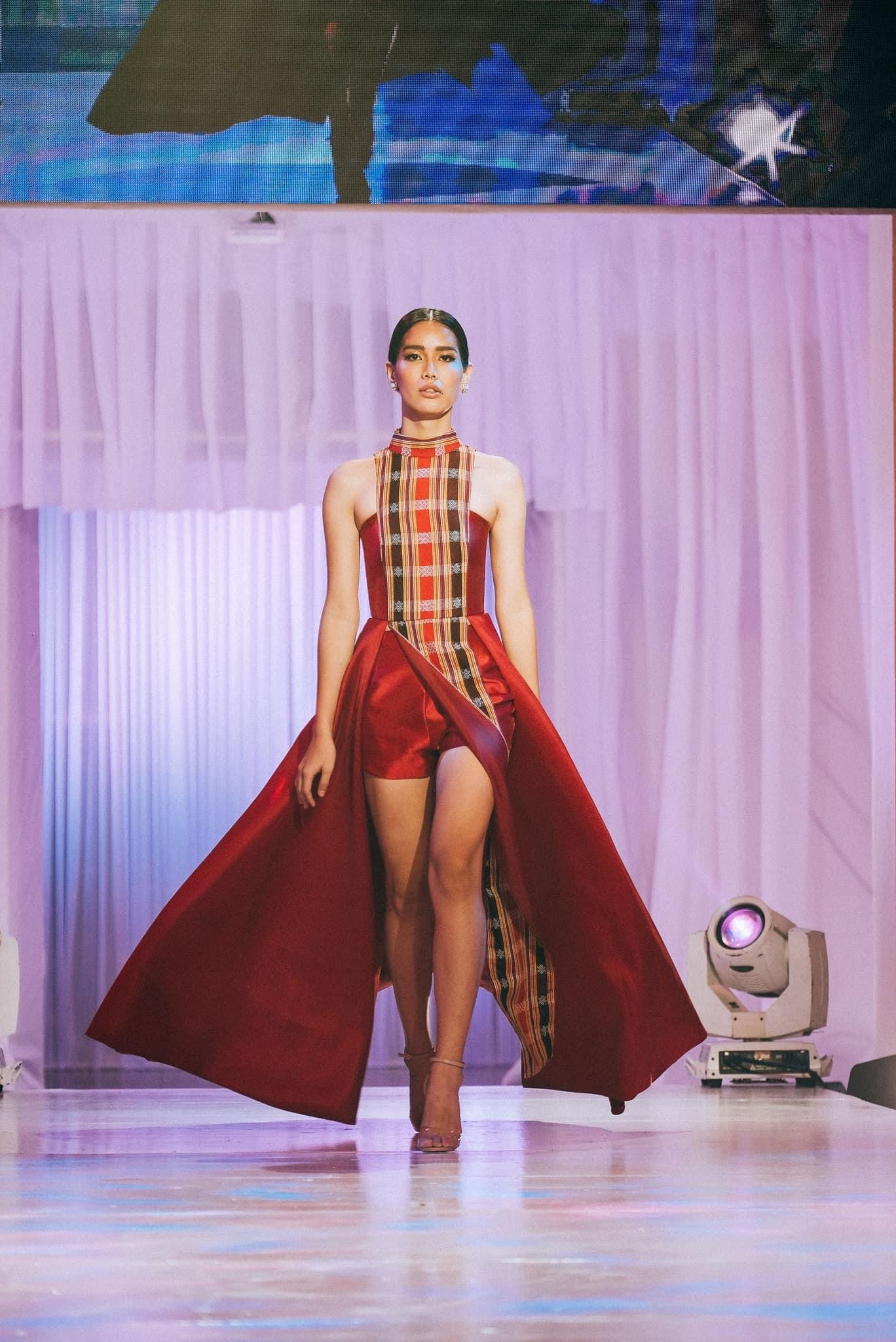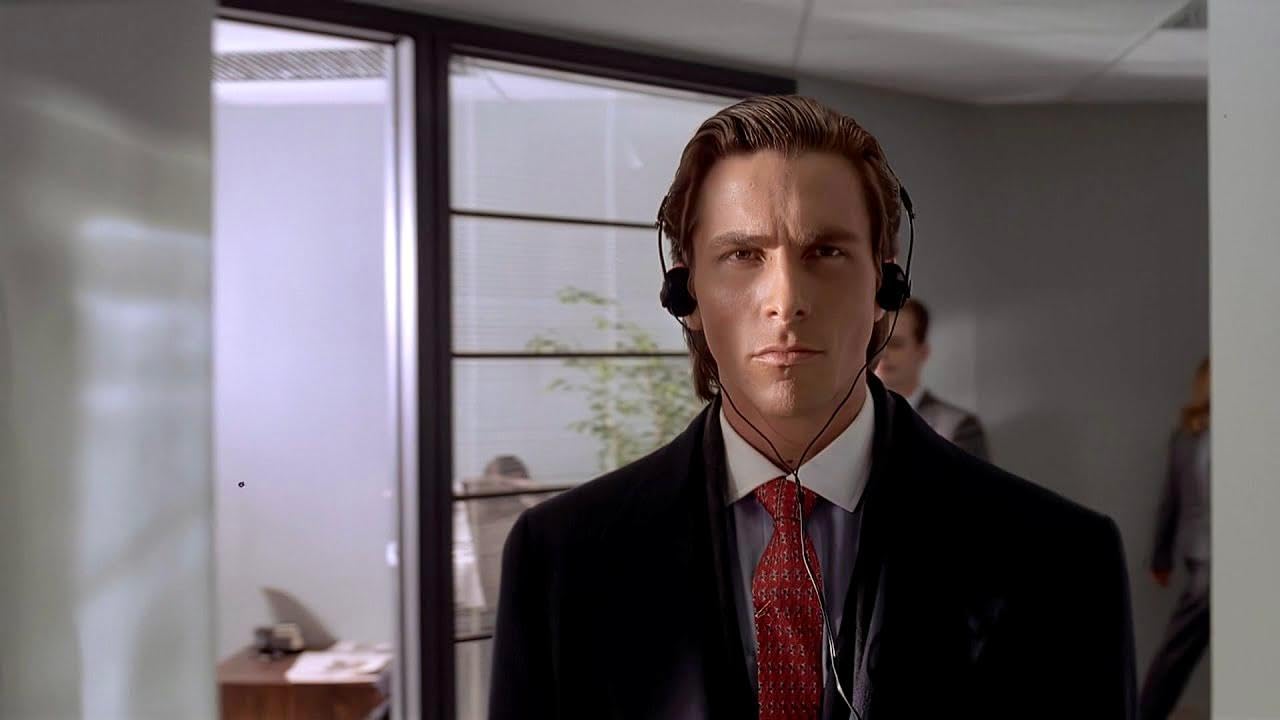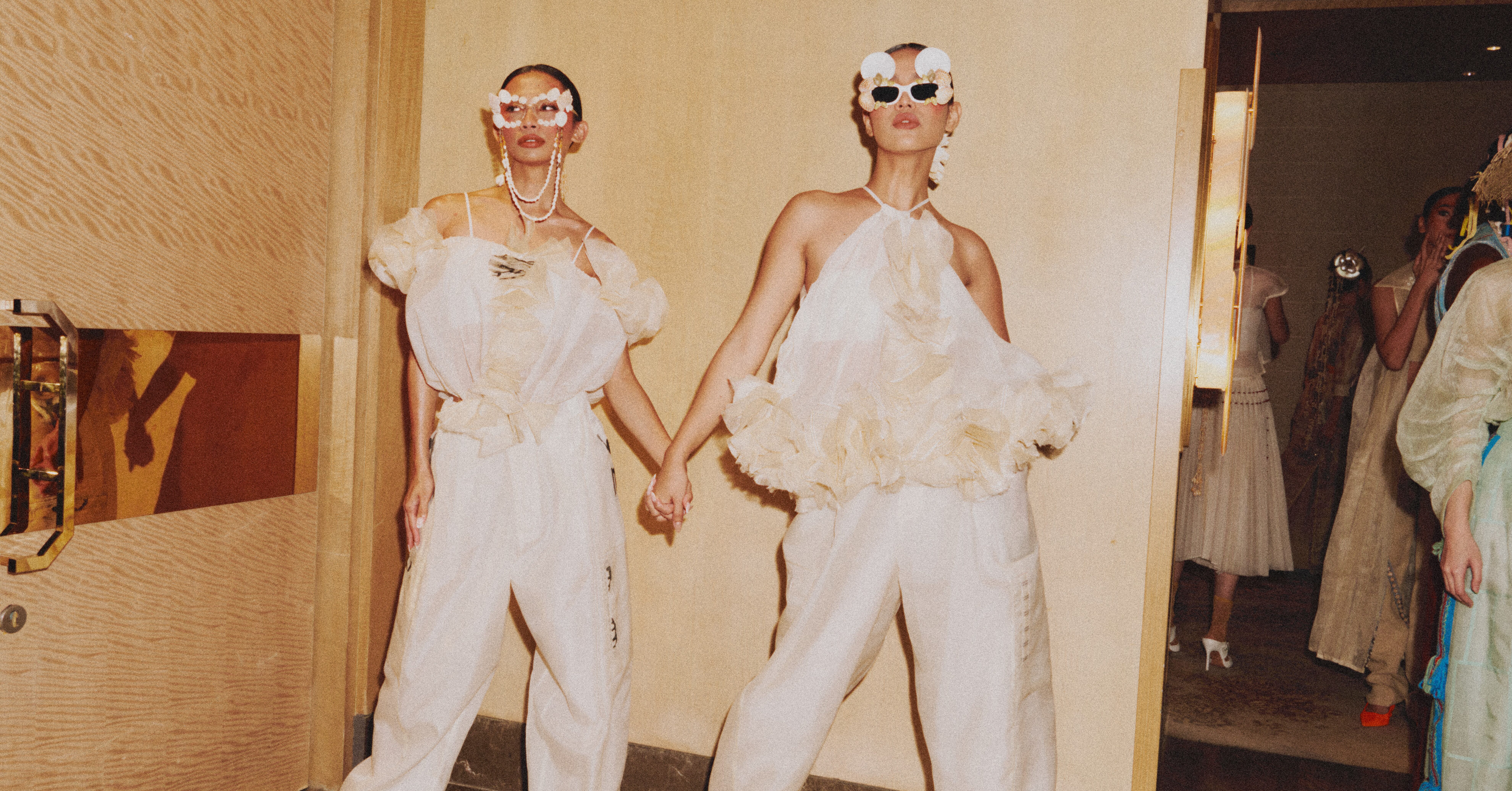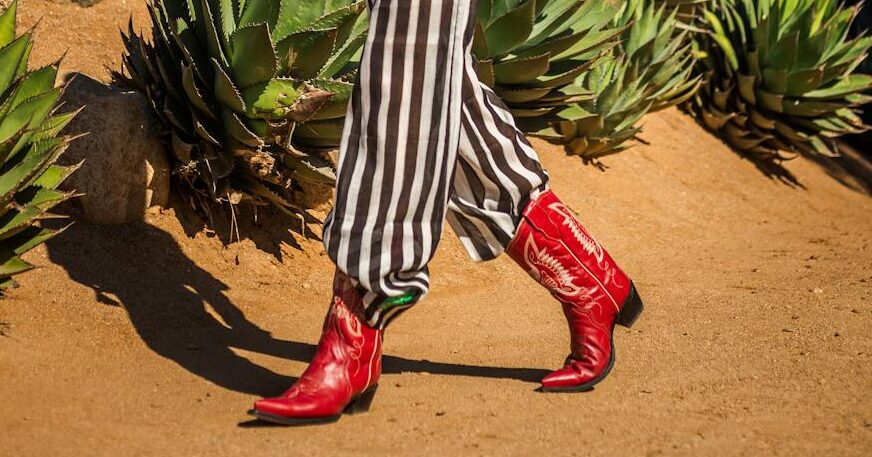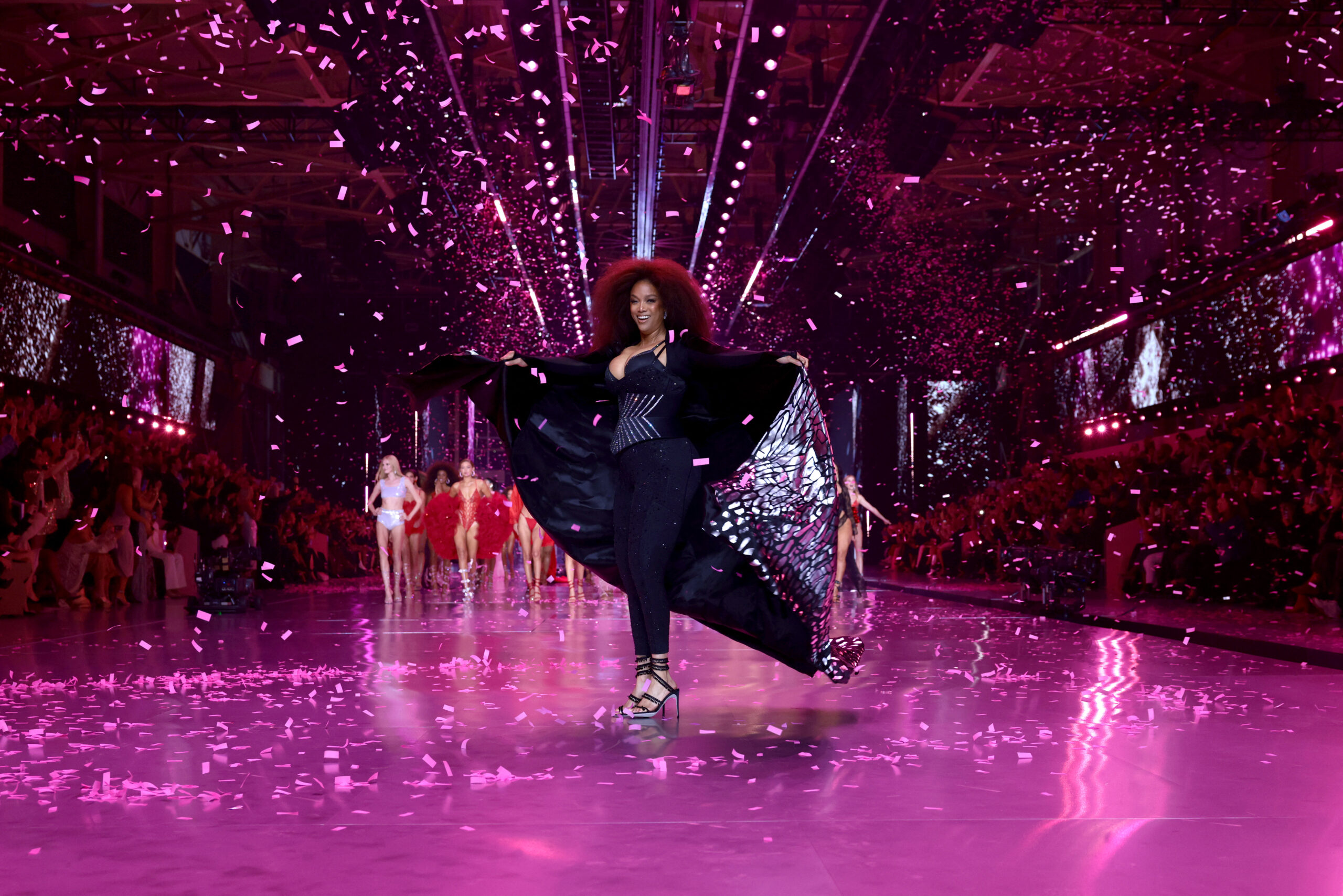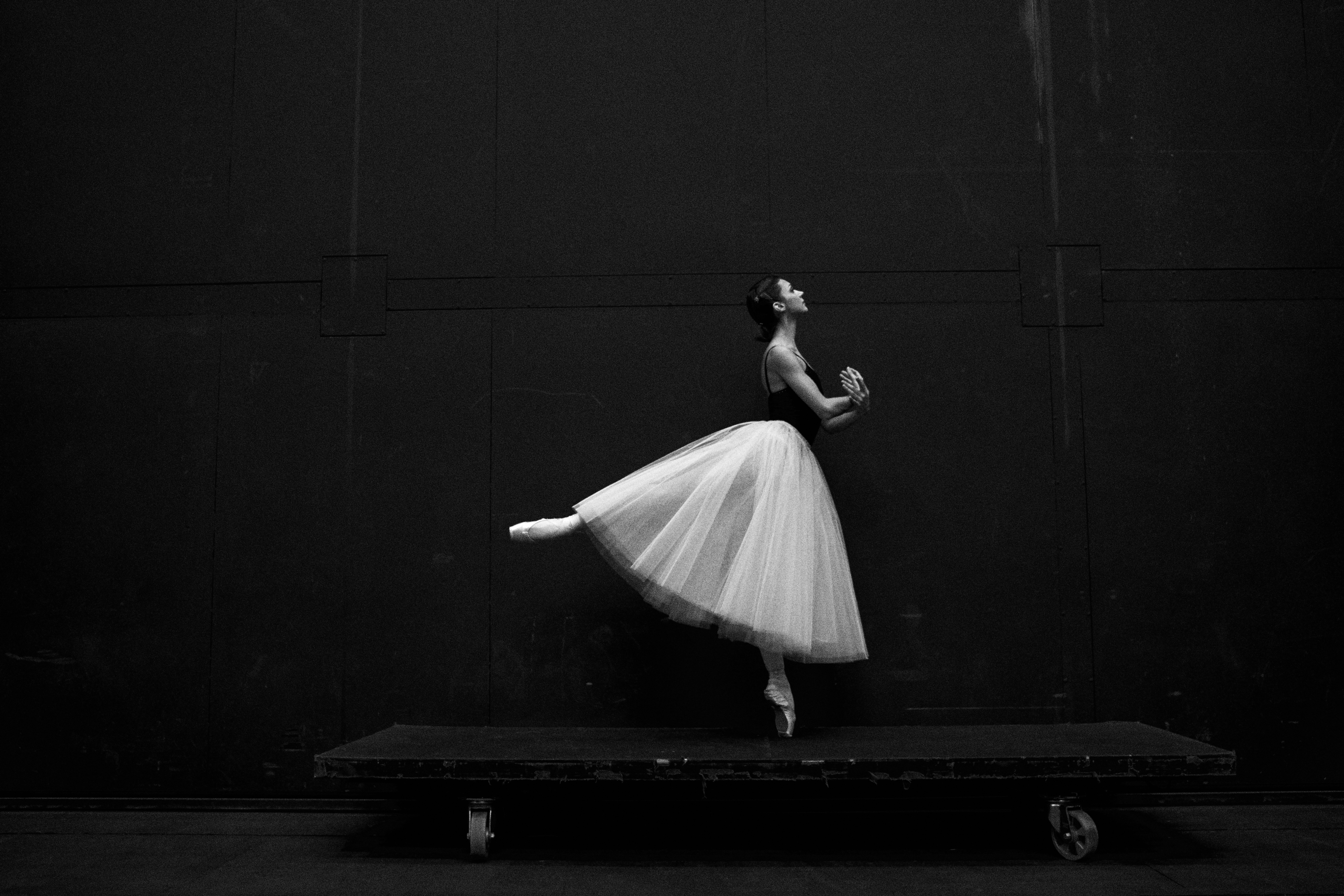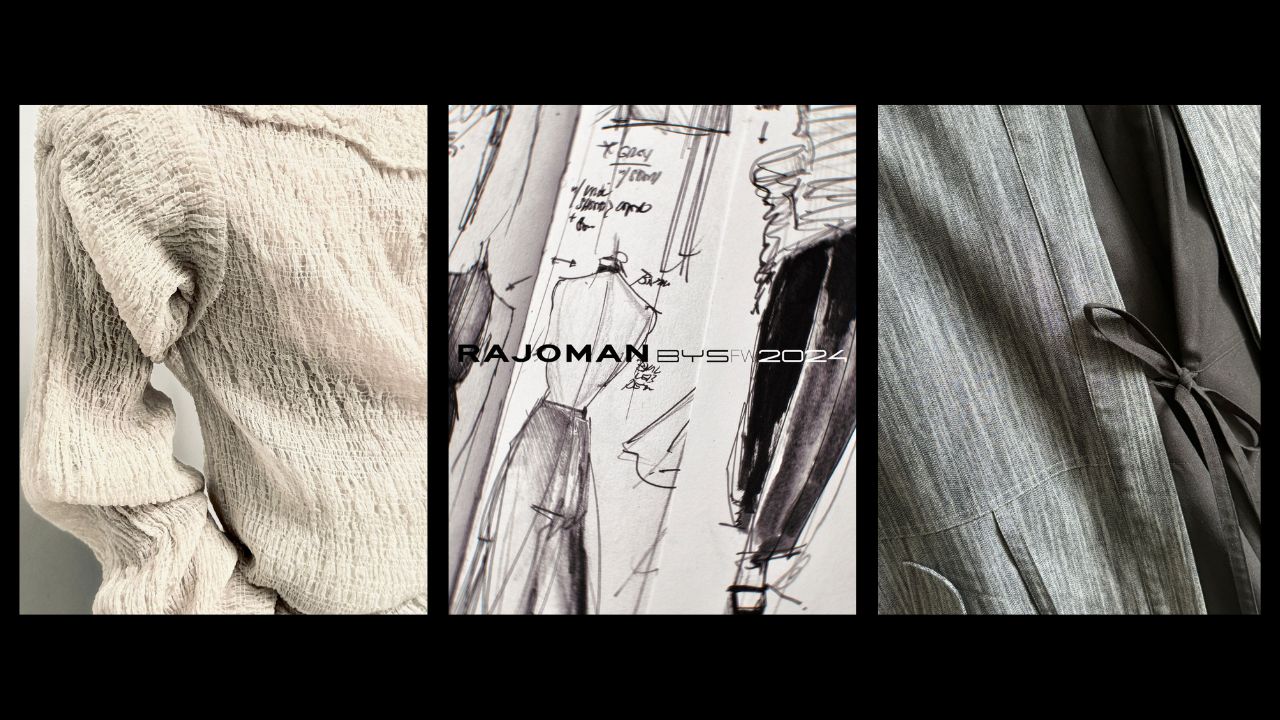This fashion show celebrates the local designers and merchants in the iconic Divisoria market.
Last June 20, 2023, Rampa Manila was held in celebration of the 452nd Manila Day at the Bulwagang Rodriguez of the Manila City Hall. The event featured both emerging and renowned designers as they showcased pieces that reflect Manila’s pivotal role in the Philippine fashion industry.
Rampa Manila aimed to give a platform to local designers and promote the textile trade in Divisoria. The century-old market has played a key role in Philippine fashion history as the go-to hub for designers to source their materials. The market is like a living organism on its own, famous for its affordability and variety of products.
Yet with the rise of digital selling platforms, many designers now opt to spare themselves a trip to the tightly-spaced hub in Manila, and instead order their fabric online. While convenient, this has shaken up the business in Divisoria markets. With this in mind, the local government of Manila conceptualized Rampa Manila. The fashion show encouraged designers to go back to sourcing their materials in Divisoria, ultimately reclaiming the city’s place in Philippine fashion and supporting the livelihoods of the merchants.
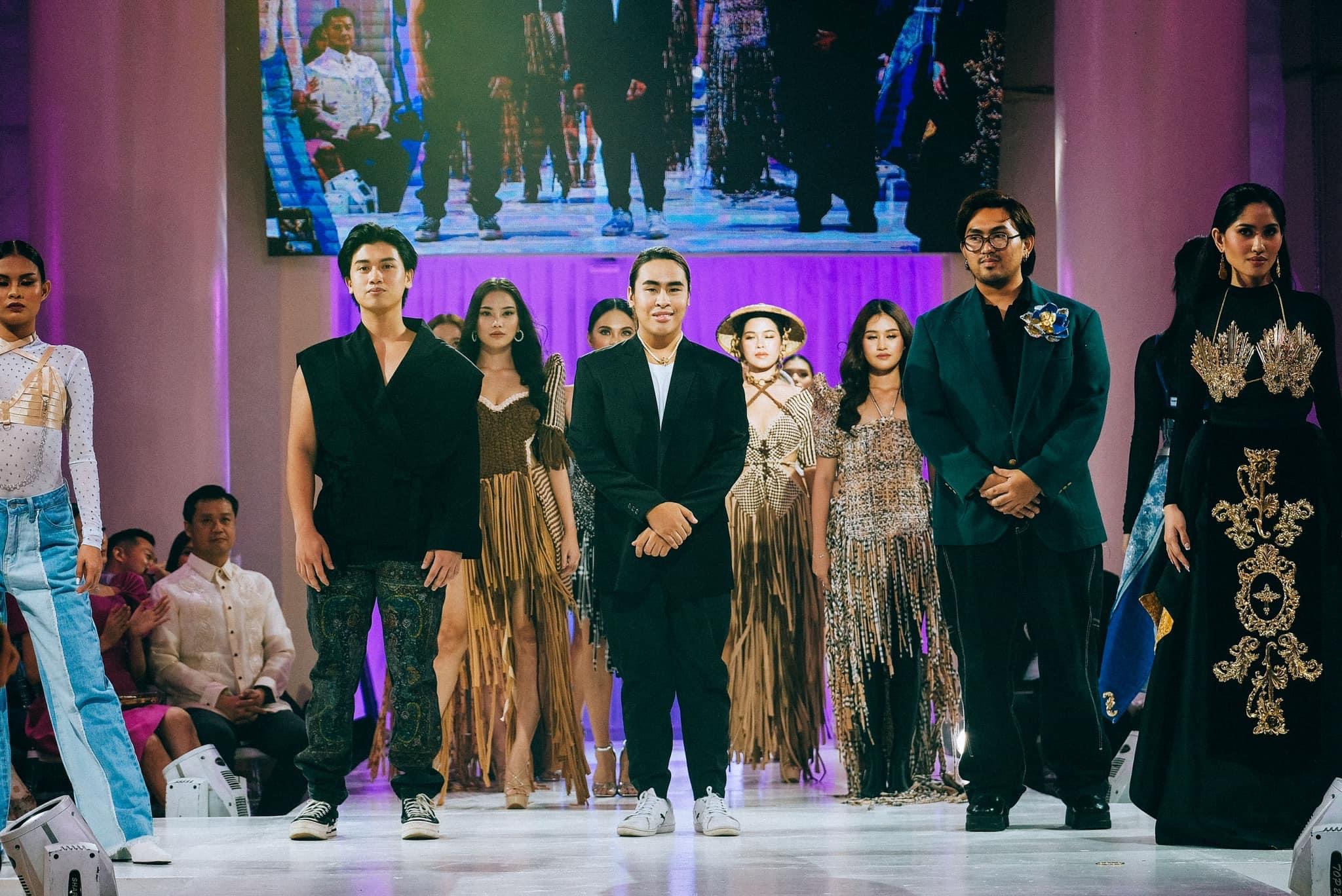
The show kicked off with a streetwear collection by the ridesharing app Angkas. It featured their co-founder and CEO George Royeca who walked the runway. This was followed by up-and-coming designers Corven Uy, John Jade Montecalvo, and Gabriel Buenabajo.

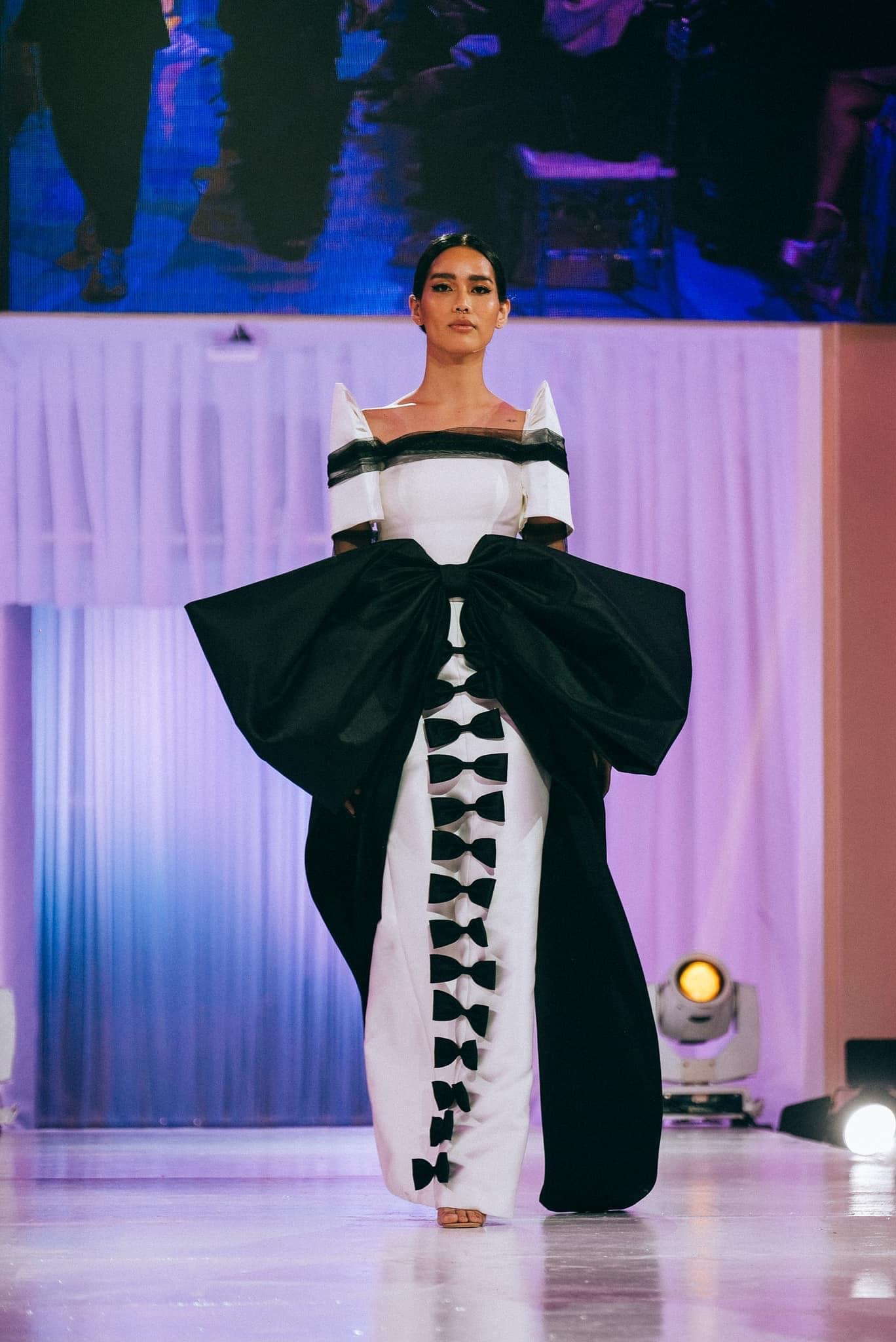
Meanwhile, locally renowned designer Micheal Leyva drew inspiration from Ramon Valera’s straight, timeless silhouettes with intricate embellishments in an all-white collection.
Puey Quiñones followed, luring the audience into a black-and-white dream that highlighted his taste for bold contours.
Jo Rubio presented a more mature take on modern Filipiniana with black as the base color of the collection. He gave dimension to the pieces, with the use of animal and floral patterns as well as sheer fabric in negative spaces.
Unlike the other collections presented during Rampa Manila, Marlon Tuazon’s line stood out amongst the sea of monochromatic pieces. His collection paid homage to the Sampaguita Pictures era with hues of beaming white and bright yellow, paired with stand-out accessories.
Albert Andrada closed the show with a collection that aimed to show the charm of the Philippines. His collection featured local tapestries, detailed embroidery, and a volumized sculptural look on the gowns—perfectly encapsulating the designer’s style.

As the show concluded, special guest Vice Ganda was also recognized for being a role model to the LGBTQIA+ community as a Manileño in show business. After years in the making Divisoria has grown to play a central role in the Philippine fashion industry, this was ironic as the market arose as a way to racially segregate the city.
Years later, we see artistic individuals coming together to re-establish the city’s place in the Philippine fashion industry. Manila City Mayor Honey Lacuna-Pangan and Vice Mayor Yul Servo also expressed their gratitude to the featured designers by awarding them with the Keys to the City, and honoring them as “adopted sons” for their notable contributions to Rampa Manila.

